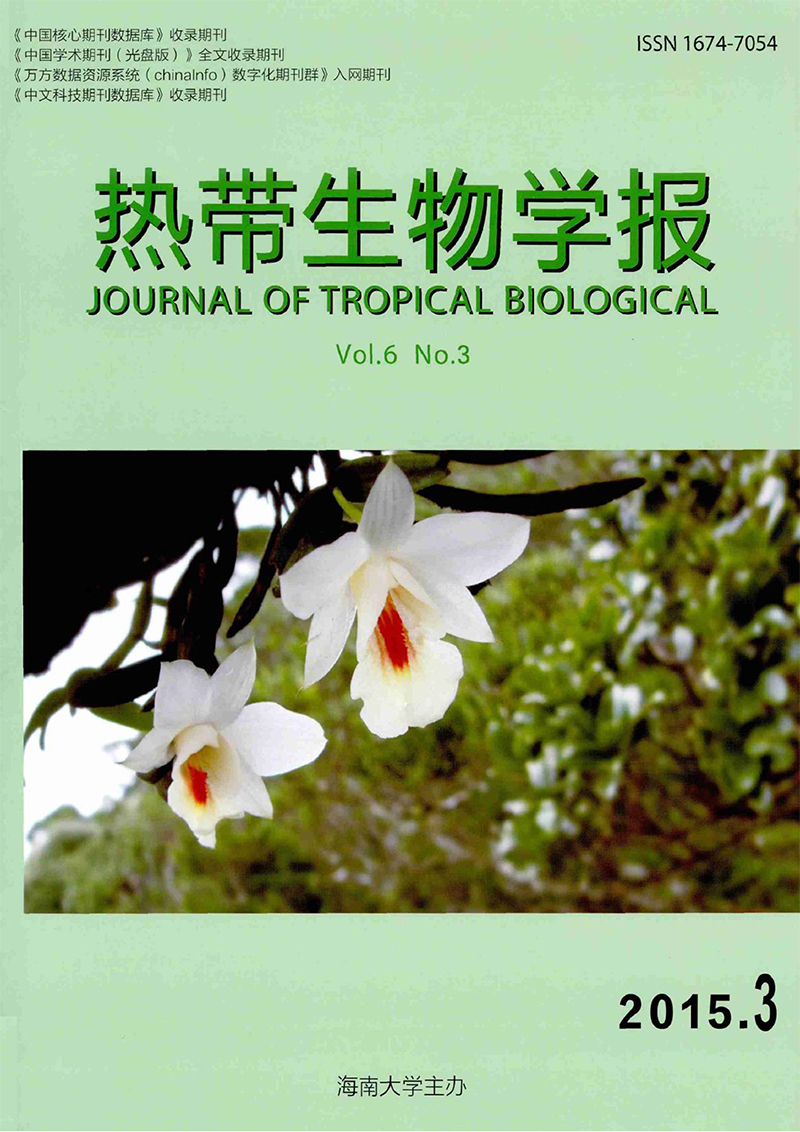Comparison of Genetic Characters of F1 Generation of Litopenaeus vannamei in Growth,Stress Tolerance and Resistance to WSSV
doi: 10.15886/j.cnki.rdswxb.2015.03.001
- Received Date: 2015-03-25
-
Key words:
- Litopenaeus vannamei /
- line /
- growth /
- resistance /
- resistance to WSSV /
- genetic characters
Abstract: White-leg shrimps( Litopenaeus vannamei) bred by selection for eight years were cultured without discharge of sewage,change of water,air ventilation and cleaning of dead shrimps in outdoor cement pools A and B. The remaining shrimps cultured in the pools A and B for a year were used as parents,and forty- four lines of F1 generation were bred from the pools A and B. Thirteen lines of the shrimps were selected to compare their growth,stress tolerance and resistance to WSSV to study the genetic characters of the stress-tolerant lines of L.vannamei. Each F1 generation of the shrimps was found to have a significant difference in the growth( P < 0. 05).The line F1-08 in the pool A( A F1-08) had an average body weight of 28. 63 g,the highest in the pool A. At the salinity from 28‰ to 5‰ the line F1-12 in the pool B( B F1-12) had a mortality or death rate of 23. 33%,the lowest in the pool B. The F1 generation was significantly higher in mortality in the pool A than that in the pool B and the F1 generation of crosses between the shrimps in the pools A and B( P <0. 05). The F1 generation in the pool B and that of crosses between the A and B pools( AB F1) had a lower mortality than the control groups Gjk and Klw and a significant higher mortality than the control Sis( P <0. 05). At the concentration of ammonia nitrogen of 31. 67 mg·L-1 each F1 generation of the shrimps was significantly different in the mortality( P <0. 05) and was significantly lower than the control group Sis( P <0. 05). The A F1-09,A F1-13,A F1-19,A F1-20,A F1-13 and A F1-08 had a mortality of 0%,the lowest. At the concentration of nitrite of 50. 51mg·L-1 each F1 generation of the shrimps was significantly different in mortality( P <0. 05),and lower than the control groups Gjk,Klw and Sis( P <0. 05). The A F1-08,A F1-10,A F1-18,A F1-19 and A F1-20 were the lowest in mortality( 0). After infected with WSSV,the B F1-13 had a mortality of 53. 30%,which was the lowest and significantly lower than the control group F2( P <0. 05). The A F1-08 had remarkably higher growth,the B F1 and AB F1 had a stronger ability for adaptation to the sudden change of salinity. All the F1 generations had a higher adaptation to the sudden change of ammonia nitrogen concentration than the control Sis and to the sudden change of nitrite concentration than the controls Gjk,Klw and Sis. The BF1-13 had a higher resistance to WSSV. The findings provide evidence for selective breeding of new tolerant lines of L. vannamei.
| Citation: | WANG Chenggui, LV Shanxiang, YANG Shiping, HUANG Haili, LIANG Huafang, CHEN Zhaoming, SUN Chengbo. Comparison of Genetic Characters of F1 Generation of Litopenaeus vannamei in Growth,Stress Tolerance and Resistance to WSSV[J]. Journal of Tropical Biology, 2015, 6(3): 229-234. doi: 10.15886/j.cnki.rdswxb.2015.03.001 |






 DownLoad:
DownLoad: